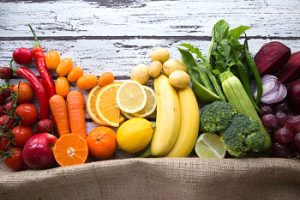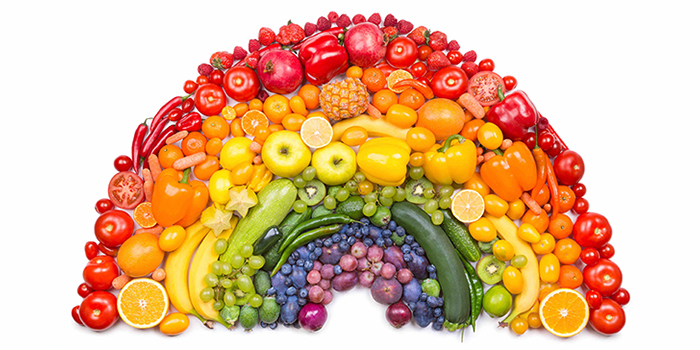 It’s pretty common knowledge that a healthy diet is one rich in fruits and vegetables. Not only are they high in vitamins and minerals, they’re also rich in phytonutrients. Phytonutrients are natural plant compounds found in fruits, vegetables, grains, beans, legumes, nuts, seeds, and teas. Scientists have already discovered more than 900 different phytonutrients, and more being added to the list every day.
It’s pretty common knowledge that a healthy diet is one rich in fruits and vegetables. Not only are they high in vitamins and minerals, they’re also rich in phytonutrients. Phytonutrients are natural plant compounds found in fruits, vegetables, grains, beans, legumes, nuts, seeds, and teas. Scientists have already discovered more than 900 different phytonutrients, and more being added to the list every day.
Unlike vitamins, minerals, carbohydrates, fats, and proteins, phytonutrients are not necessary for your body’s day-to-day operation. However, the health benefits they bring increase your quality of life and possibly the length of it. Plants produce phytochemicals as a defense mechanism in order to survive environmental stressors. Those chemicals can also defend the human body against stressors, as well. Phytonutrients are known to help boost the immune system, sustain healthy blood sugar levels, act as antioxidants to protect against aging, regulate hormones, aid in optimizing brain function, support heart health, reduce blood cholesterol, improve lung function, and repair DNA damage responsible for some cancers, among other things.
Phytonutrients give plants their color, so in order to make sure you’re consuming a wide variety of colorful fresh fruits and vegetables in your diet. In other words, eat a rainbow! Aim for at least four colors in each meal. It may sound a little daunting, but it’s not too difficult to add more color to your dishes. Choose red onions instead of white, throw some purple cabbage onto your salad, and add some shredded carrot to your stir-fry.
Each color represents a different family of healing compounds. Here are just some of the benefits of each color group:
Red-Pink
Tomatoes, pink grapefruit, and watermelon fall into this group, which is rich in lycopene. Lycopene is known to help rid the body of free radicals that damage genes. It has been shown to protect against prostate cancer as well as heart and lung disease.
Orange
The orange group contains carrots, mangos, cantaloupes, pumpkin, acorn squash, and sweet potatoes, among others. These fruits and veggies contain beta-carotene and alpha carotene. They are both known for their abilities to protect the skin and the eyes.
Yellow-Orange
Pineapples, oranges, and peaches all fall into this group. They’re all high in beta cryptothanxin, which helps cells in the body communicate with each other and may help prevent heart disease.
Yellow-Green
Avocados, kiwi fruit, yellow corn, honeydews, and spinach can be found in the yellow-green group, which is known for their high amounts of lutein. Lutein is known to protect the eyes, reducing the risk of cataracts and macular degeneration.
Green
Green is my favorite color, and this is my favorite group of veggies! Broccoli, Brussels sprouts, kale, cabbage, and bok choy all fall into this category. These veggies contain sulforaphane, isocyanate, and indoles, all of which are known for their anti-cancer properties.
Red-Purple
Beets, eggplant, blueberries, and blackberries are all a part of this color group. These are loaded with anthocyanins, which can protect the heart. They are believed support healthy blood pressure and prevent blood clot formation.
White
Leeks, scallions, garlic, and onions are all part of the onion family, and they are all chock-full of allicin, which has anti-tumor properties.
Of course, there are many more phytochemicals and many more nutritional benefits to fruits and vegetables than I have mentioned here. To make sure you’re consuming a wide variety of nutrients, make sure you’re eating the rainbow!
